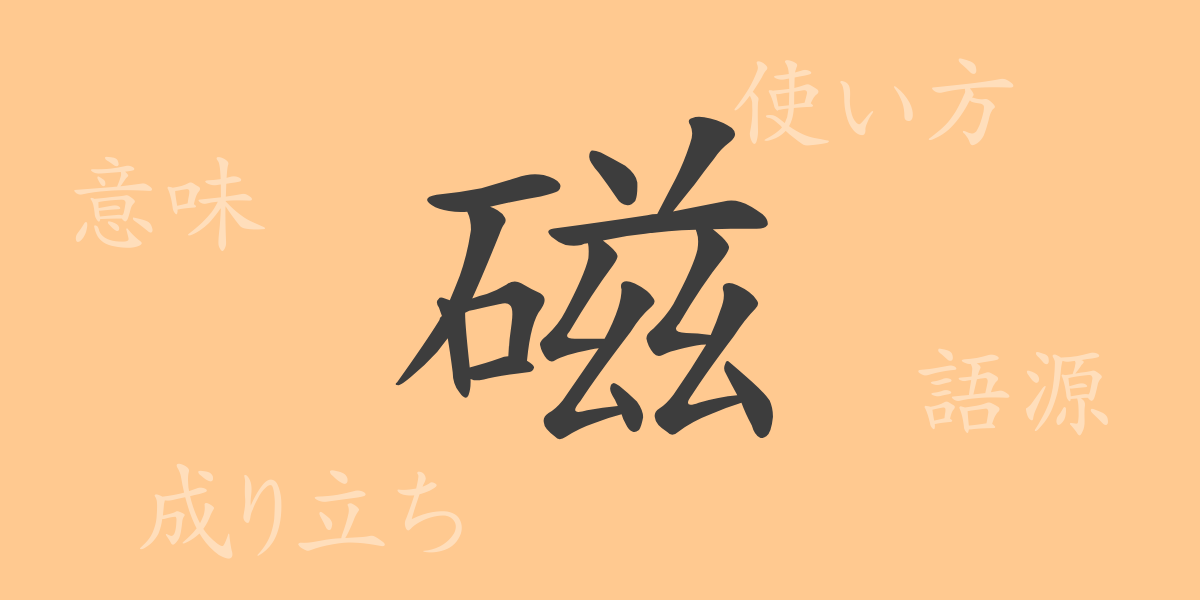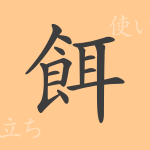Kanji deeply rooted in Japanese culture hold meanings beyond just being characters. One such kanji, “磁(じ),” encapsulates elements essential to our daily lives. In this article, we explore the etymology of “磁(じ),” its usage, readings, and even idiomatic expressions and proverbs involving it, delving into its captivating aspects.
Origins of 磁 (Etymology)
The kanji “磁(じ)” originated in ancient China as a word describing natural phenomena. Named for the properties of magnets, it came to represent the attraction of iron-containing substances to magnets. This kanji is also believed to have been derived from the place name “磁州(じしゅう)” in China, known for its magnetic material production. Over time, the character was introduced to Japan, where it is still used today.
Meanings and Usage of 磁
The kanji “磁(じ)” is primarily used to refer to objects related to magnets or magnetic forces. For example, “磁器(じき)” refers to porcelain with a glossy, magnet-like surface, and “磁場(じば)” describes a magnetic field. It can also be used metaphorically to describe a person or object’s attractive force.
Readings, Stroke Count, and Radical of 磁
Let’s examine the readings and structure of the kanji “磁(じ).”
- Readings: The on’yomi (音読み(おんよみ)) is “ジ,” and there is no kun’yomi (訓読み(くんよみ)).
- Stroke count: 磁(じ) consists of 14 strokes.
- Radical: The radical is “石(いし)” (stone), classifying it among kanji related to stones.
Idioms, Phrases, and Proverbs Using 磁
Idioms and phrases featuring “磁(じ)” often draw on its inherent properties. Examples include:
- 磁力線(じりょくせん): Lines indicating the direction and strength of magnetic force.
- 磁針(じしん): A compass needle, made from a magnet.
- 磁界(じかい): Another term for a magnetic field, referring to the area influenced by magnetic force.
These terms are frequently used in scientific contexts.
Conclusion on 磁
The kanji “磁(じ)” reveals its significance in both its origin and its relevance to modern science and technology. Representing the properties of magnets, this character plays an essential role in the Japanese language, appearing in numerous idioms and technical terms. From everyday life to academic settings, its applications are broad, deeply intertwining with our lives.

























